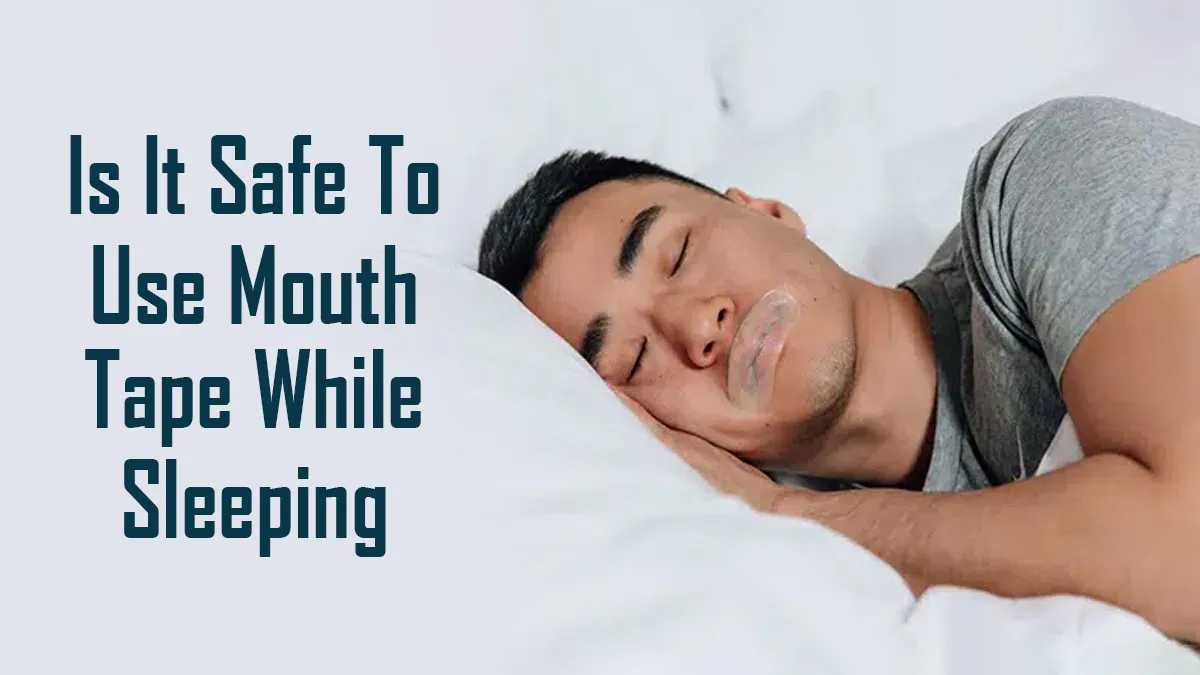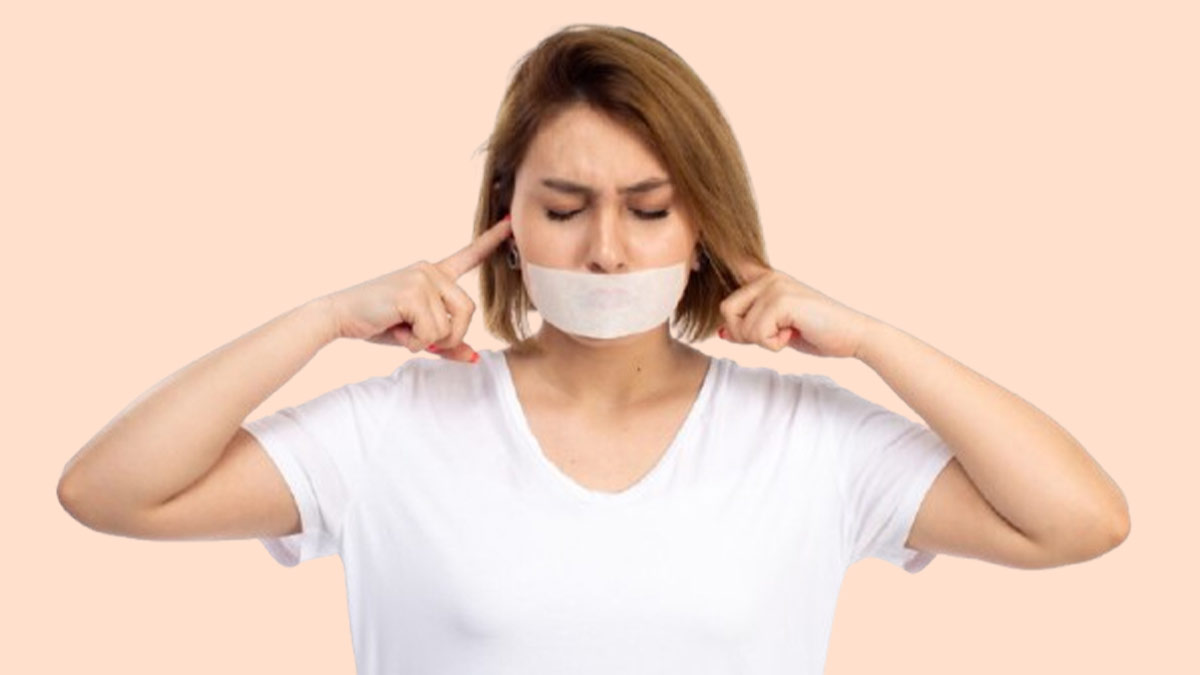
Have you heard about mouth taping? It’s a growing trend for people to tape their lips shut before bed. It is a trending sleep hack where people tape their lips shut before bed to encourage nose breathing. Supporters say it forces nose breathing, improves sleep, and reduces snoring. But is it safe? While some praise its benefits, others worry about risks like breathing difficulties. Read ahead to know what science says about mouth taping.
Table of Content:-
What Is Mouth Taping?

Mouth taping involves placing a small strip of tape over your lips before sleep. The goal is to keep your mouth closed, encouraging breathing through the nose. Nasal breathing filters air, adds moisture and may improve oxygen intake. Mouth breathing, on the other hand, is linked to dry mouth, snoring, and poor sleep quality.
Is Mouth Taping Safe?
The safety of mouth taping depends on your health and how you use it. Research offers mixed views. A 2015 study in the Journal of Clinical Sleep Medicine found mouth breathing worsens snoring and mild sleep apnea. Another study showed nasal breathing boosts oxygen levels and reduces stress. These findings suggest mouth taping might help some people.
However, a 2022 review in Sleep Science warned that blocking mouth breathing can be risky for those with nasal congestion, asthma, or sleep apnea. If your nose is stuffy, mouth taping could make it harder to breathe. Always consult a doctor before trying it.
Benefits of Mouth Taping
-1739248372337.jpg)
Some of the benefits are mentioned below according to various researches.
- Reduces Snoring: Mouth breathing often causes snoring. Taping your mouth may help you switch to nose breathing, lowering snoring.
- Improves Sleep Quality: Nasal breathing increases nitric oxide, a gas that improves blood flow and oxygen absorption. It linked better oxygen levels to deeper sleep.
- Protects Oral Health: Mouth breathing dries saliva, raising risks of gum disease and cavities. A 2018 report in the Journal of Oral Rehabilitation found mouth taping reduces dry mouth by 50% in some users.
Risks of Mouth Taping
While it may be beneficial for some people, there are a few risks of taping your mouth.
- Breathing Problems: If your nose is blocked, mouth taping can lead to oxygen deprivation. This is dangerous for people with allergies, colds, or deviated septums.
- Skin Irritation: Low-quality tape may irritate your lips or face. Hypoallergenic tapes are safer but test a small area first.
- Not for Everyone: The American Academy of Otolaryngology warns against mouth taping for those with sleep apnea. It doesn’t treat the condition and may worsen breathing pauses.
ALSO READ: Struggling with Energy Imbalance? How Yoga’s Suryabhedi and Chandrabhedi Pranayama Can Help
How to Use Mouth Tape Safely
Below is a checklist for using the mouth tape.
- Check for Nasal Blockages: Ensure you can breathe easily through your nose. Use a saline spray or humidifier if needed.
- Choose the Right Tape: Use medical-grade, hypoallergenic tape designed for the skin. Avoid duct tape or strong adhesives.
- Start Slowly: Try taping for 1–2 hours before bed. Gradually increase the time if comfortable.
- Consult a Doctor: Talk to a healthcare provider, especially if you have sleep issues or breathing conditions.
Conclusion
Mouth taping may help nose breathers sleep better and snore less. But it’s not safe for everyone. Risks include breathing trouble, skin irritation, and false security for sleep apnea sufferers. Always prioritise nasal health and seek medical advice before trying it. While research shows potential benefits, more studies are needed to confirm long-term safety. For now, proceed with caution and listen to your body. If mouth taping feels uncomfortable, stop immediately.
Also watch this video
How we keep this article up to date:
We work with experts and keep a close eye on the latest in health and wellness. Whenever there is a new research or helpful information, we update our articles with accurate and useful advice.
Current Version